How to See the Beauty of the Southern Lights in Australia
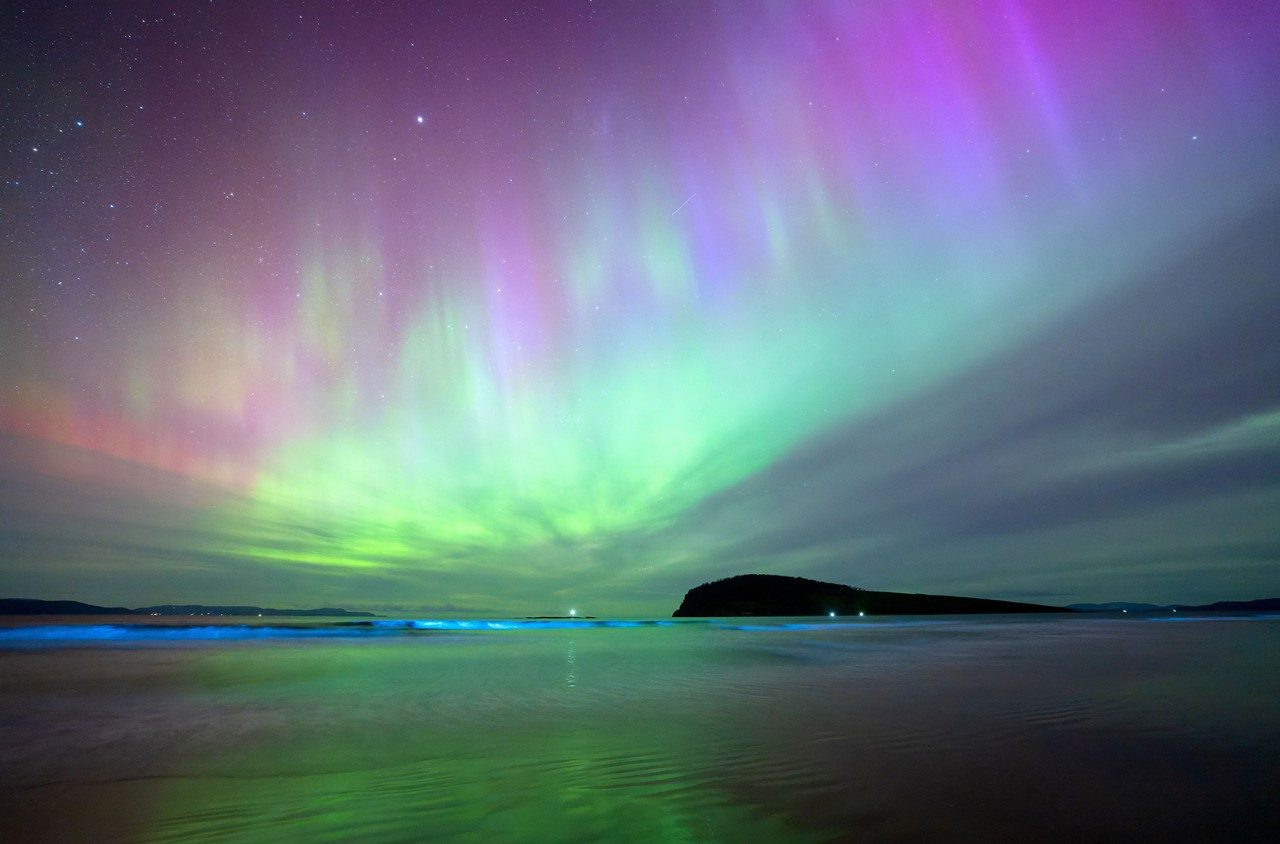
Tasmania’s answer to the Aurora Borealis is its own version of the Northern Lights: the mysterious and mesmerising Aurora Australis. Your best chance of seeing the Southern Lights – an extraordinary phenomenon which glows ghostly neon green and purple on the far southern horizon – is during the darkest depths of winter. We spoke to Tasmanian-based “aurora expert” Daniel Schoedler from Premier Travel Tasmania to get his top tips for catching one of nature’s greatest shows.
Where to see the Southern Lights in Australia
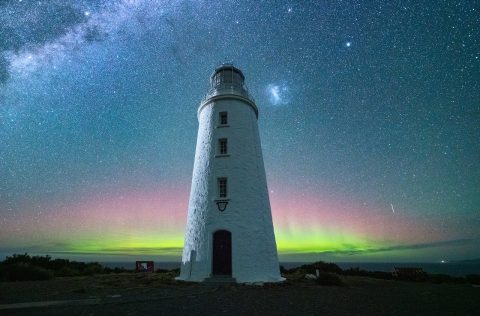
Typically, Aurora Australis appears over the South Pole, so you’re most likely to spot the phantom light show in Tasmania’s southernmost regions. Daniel Schoedler leads stargazing and aurora-chasing expeditions from Hobart and recommends the peak of Kunanyi (Mount Wellington), Bellerive Beach in Hobart’s east and Goat Bluff on the South Arm Peninsula as prime aurora hotspots. On the right night, the southern shores of Bruny Island could also be ripe for an aurora spectacle.
A successful aurora sighting depends on the light’s forecasted strength on a particular night – Schoedler relies on the My Aurora forecast app and a private astronomer forecaster to help plan trips – and an absence of clouds and wind. The Premier Travel team helps guide guests towards the most favourable conditions. In the event that the aurora remains elusive, guests still enjoy a fascinating stargazing experience using three powerful portable telescopes.
Multitudes of stars, the glowing galactic core of the Milky Way, and the auroras – it’s enough to put a crick in your neck. Book flights at qantas.com – and bring a neck pillow.
Where to stay
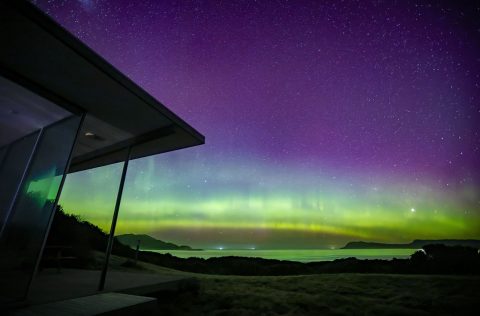
Whether you're planning to spot the Southern Lights from Kunanyi, Bruny Island or the South Arm Peninsula, you'll need a cosy place to retire to after an evening of adventure.
Kunanyi and Bellerive Beach are both less than 30 minutes from Hobart. Check in to one of the opulent rooms or suites at The Tasman in Hobart’s historical centre – the hotel runs guided wine tastings, which is the ideal way to start a night of stargazing. Alternatively, the Old Bishop's Quarters in Hobart is a circa-1830s estate comprising five unique apartments with Derwent River views. From May to August 2025, guests can enjoy a special Off Season discount on "Maud's Cottage", the property's vintage-style wood cottage, which features a fireplace, deep copper bath and retractable roof that opens up to the starlit sky.
For access to Aurora viewing spots on the South Arm Peninsula, The Point is a modernist retreat with ceiling-to-floor windows that sits on 20 hectares of unspoilt farmland and a private headland. If you’re light-seeking on Bruny Island, Cloudy Bay Beach House should be your top pick. The three-bedroom house offers expansive outlooks over the wild waters of the Southern Ocean and, hopefully, those thrilling lights.
How to photograph the Southern Lights
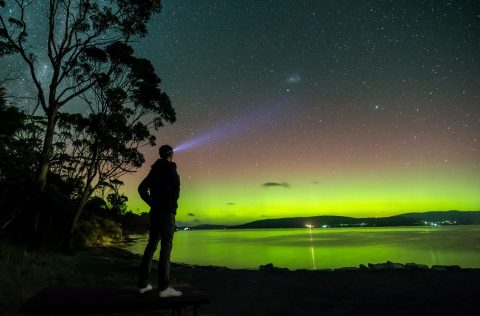
“If you can, please bring a pro camera with you,” says Schoedler. “And the second most important thing is a tripod. If you hold the camera in your hand you will get a shaky picture.” The Premier Travel team will help you make the most of your camera’s features to get the best shots of the night sky but if you’re not an expert, don’t despair. “Smartphones can actually take pretty decent pictures, especially the newer models which have very good cameras,” Schoedler adds. Try your phone’s time lapse feature to watch the vivid colours dance across the night sky.
More Tasmanian dark sky and earthly light experiences
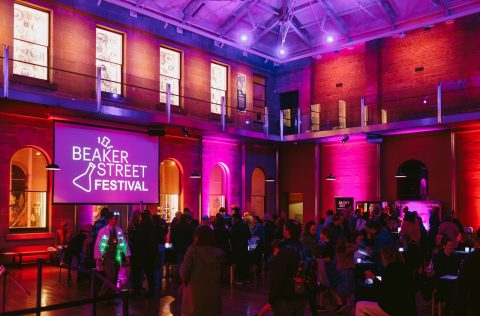
Much like its northern counterpart, the Aurora Australis unfortunately works to its own enigmatic timetable. But there are many other ways to experience Tasmania’s luminescent phenomena throughout the Off Season. The week-long Beaker Street Festival in August in the state’s south explores the mysteries of light and dark, with dark-sky dinners led by astronomers, glow-in-the-dark flora and fauna tours and late-night adventures to scour the seas for bioluminescence. A little further north, the east coast town of Bicheno hold its annual celebration of light, Bicheno Beams, from the end of June through to late July, featuring two laser shows that are set to music and alternate nightly.
Find a comfortable stay – with Tassie’s best nightlife directly above, you’ll need a sleep-in. Book flights at qantas.com now.

Start planning now
SEE ALSO: 21 Magical Moments to Have in Tasmania
Image Credit: Luke Tscharke, © Bruny Island Coastal Retreats, Simon Kruit, Fred + Hannah and Beaker Street


